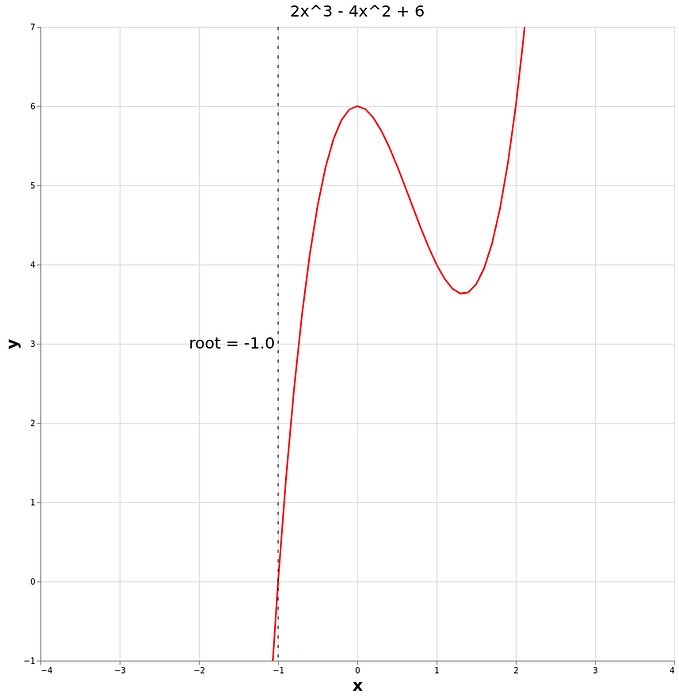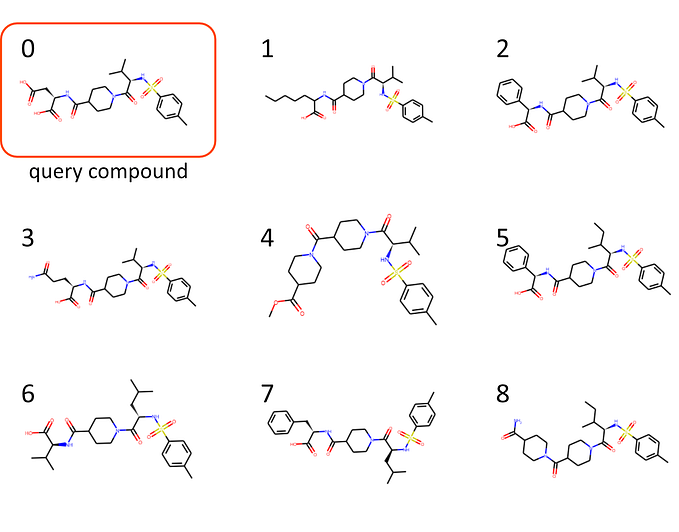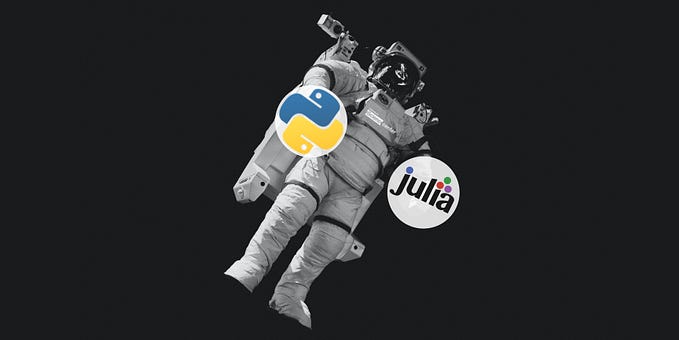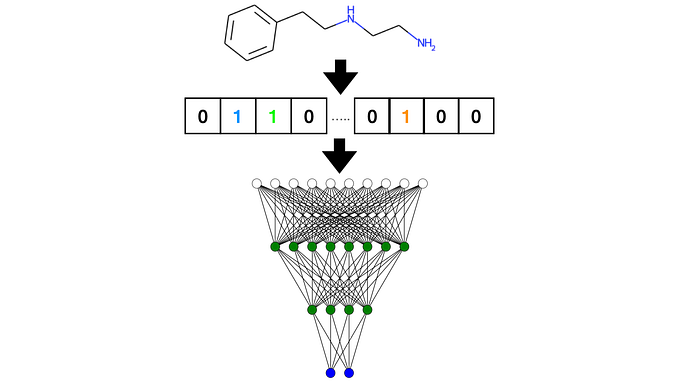Can machine learning help us improve stroke rehabilitation? A step towards personalized therapy
By Sina David, Michiel Punt and Yuge Yhang

Experiencing a stroke was the second leading cause of death in 2019 with a worldwide number of 101.5 million strokes. Although though the number of strokes is not rising in developed countries because we got better at preventing them, the total number still increased between 1990 and 2019 by 85 per cent. Whatever we do to prevent strokes, an aging population and an increased number of people with unhealthy lifestyle (like an unhealthy diet, less daily activity and pollution) oppose prevention efforts that are going on worldwide. There’s also good news however: even though there are more and more reported strokes over the last decades, the rate at which people die from strokes is increasing less quickly.
Still, surviving a stroke can have a lot of impact on the survivor’s daily life. It can be difficult for stroke survivors to participate in the same kind of activities. Sometimes they become worse at reasoning or other cognitive functions, and they are more often affected by a mental illness like depression compared to their healthy peers. Research has shown that being able to walk allows people to actively participate in the community and to be physically independent. Because of this, improving the gait (“manner of walking”) quality of stroke survivors is one of the main goals in stroke rehabilitation.
In order to improve the quality of someone’s gait, you need markers that tell you what “good” walking is, and how to recognize “bad” walking. With modern techniques, it is possible to collect a lot of data about someone’s gait by performing a so-called gait analysis. From the data, we can calculate the gait quality markers like speed or symmetry between the left and right leg. But calculating these markers has many limitations. For example, you ignore a lot of information by calculating these markers. Furthermore, the markers are often related to each other (if you walk fast, your steps will also be more regular). So, feature-based approaches cannot reflect the complex human gait.
One way out of this could be to develop automated methods of gait analysis that can (1) fairly tell the difference between important information, and noise (2) identify patients with an ability to improve their gait quality and (3) detect the area where this improvement is realistic.
With the help of the Netherlands eScience Center Small-Scale Initiative, we hoped to find such automated methods. We want to individualize stroke rehabilitation without increasing the workload of doctors, and at the same time to make the evaluation of gait quality more objective.
While having a shallow idea of some machine learning approaches when starting the project, our meetings with the eScience Center team quickly helped us to identify methods that might be a match for our question. The discussions also helped us ask new questions and to rethink our initial research question. We experienced this as a creative process that added a lot of value to the project. After considering several methods, we decided to use variational autoencoders on our gait analysis dataset. We explored if the variational autoencoders can learn the traits of human gait and find out if the traits can be reflected in just a few features.
Along the way, the biggest issue was our data set itself. Because data collection of human movements is a job that takes time and our patient group is small, we only have a limited amount of data available. At the same time, the data set is highly variable, which makes the problem more difficult for Machine Learning.
In next steps for this project, we are exploring the results and trying to translate them into information that is valuable for our research field. At the same time, we are in the early stages of a data sharing effort, with those who may have similar data sets. That way, we will be able to increase the size of our training set.
The first result can be seen in the figure below. It shows the distribution of the different people (who were part of a study) using two latent features of a variational autoencoder. By creating the whole-body movement from the latent space, we were able to show the gait patterns which represented the people in the different areas of the two-dimensional latent space. In the future, this will help to evaluate a patient’s gait and their improvement during and after rehabilitation.

Dr. Sina David Assistant Professor in the Faculty of Behavioural and Movement Sciences, Neuromechanics and AMS-Rehabilitation & Development at Vrije Universeit Amsterdam. Follow her on Twitter @SinaDavid1907.
Dr. Michiel Punt Senior researcher at HU University of Applied Sciences Utrecht. He is also a Postdoc researcher at VU Amsterdam. Follow him on Twitter @MichielPunt.
Yuge Yhang External PhD Candidate at the Faculty of Behavioural and Movement Sciences, Neuromechanics and AMS-Ageing & Vitality. Follow her on Twitter @yugezhang5.
Learn more by visiting human-movement-sciences.nl/nm.
Acknowledgments
The work described in this blog is supported by research software engineers (RSEs) of the Netherlands eScience Center, Dr. Cunliang Geng, Dr. Yang Liu and Dr. Sonja Georgievska.








